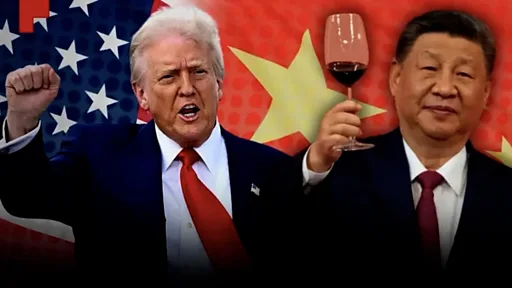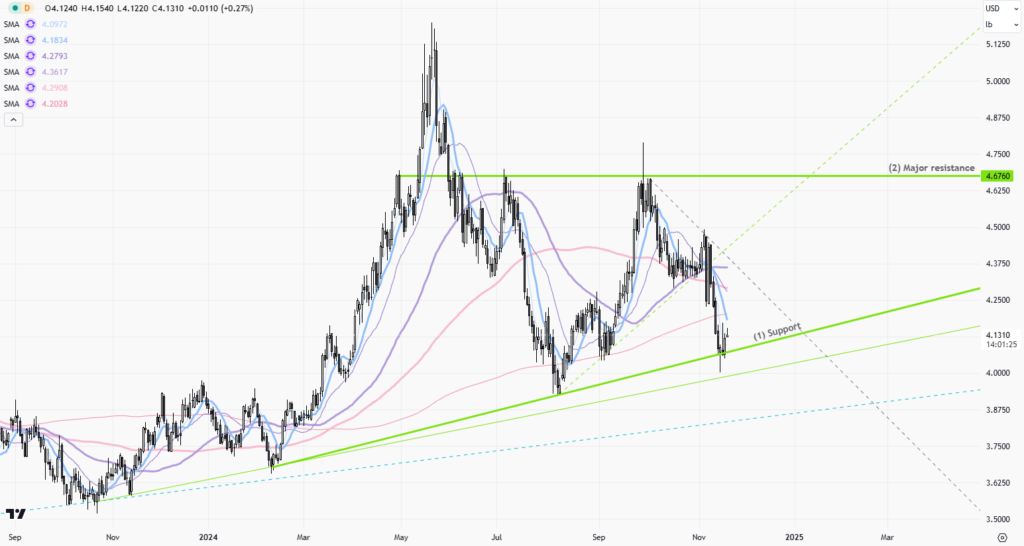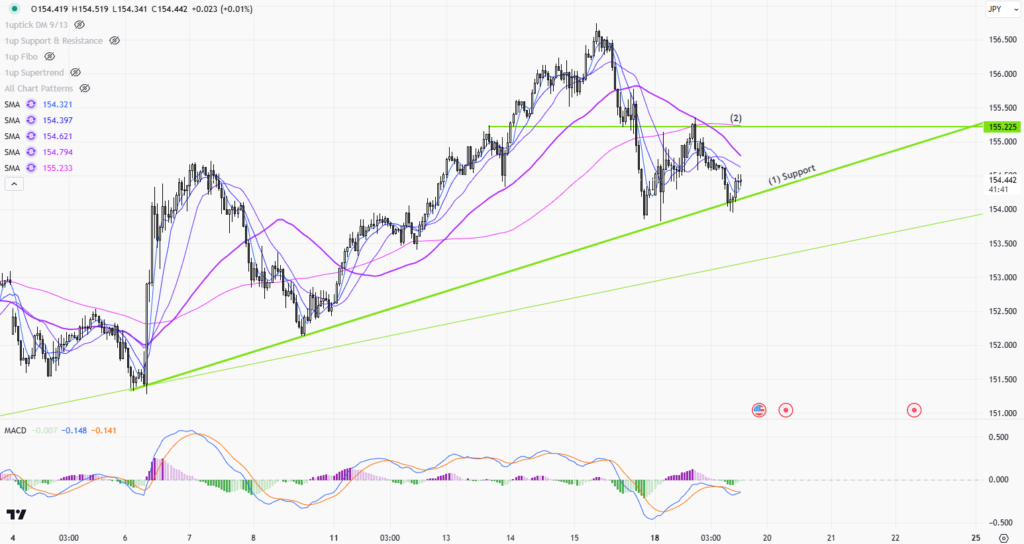 |
| Gold V.1.3.1 signal Telegram Channel (English) |

U.S.-China Trade Tensions Ease as Trump Plans to Cut Tariffs on Chinese Goods by 80%, Stirring Market Reactions
2025-05-09 @ 23:42
On May 9, 2025, a statement from Washington sparked reactions across global financial markets. Former U.S. President Donald Trump posted on Truth Social that slashing tariffs on Chinese imports to 80% “seems like a reasonable option.” With U.S.-China trade talks set to begin this weekend, many interpret the remark as a potential softening of stance.
Currently, U.S. tariffs on Chinese goods can go as high as 145%, with some categories taxed at over 245% after multiple rounds of increases. While an 80% rate is still high, it would represent a substantial reduction from current levels. That said, Trump provided no clear details and emphasized that the final decision lies with Treasury Secretary Scott Bessent.
Bessent and U.S. Trade Representative Jamieson Greer are scheduled to meet Chinese Vice Premier He Lifeng in Geneva. Sources say the upcoming talks aim to diffuse months of mounting trade tensions.
In another all-caps post, Trump doubled down on calling for China to open its markets to U.S. businesses, writing: “CHINA SHOULD OPEN ITS MARKETS TO THE UNITED STATES—IT WOULD BENEFIT THEM TOO! CLOSED MARKETS WON’T WORK ANY LONGER!”
Markets reacted cautiously to Trump’s unexpected shift. U.S. stock futures, which had been trading higher, gave back some gains—S&P 500 futures, for instance, pared their rise from 0.4% to just 0.1%. Investors remain wary, given continued supply chain disruptions and corporate sensitivity to future policy shifts.
U.S. retailers like Walmart and Target have lobbied the White House throughout the year, warning that high tariffs are driving up consumer prices and complicating inventory turnover.
According to sources familiar with the matter, the Biden administration is considering not only lowering tariffs on Chinese goods, but also recalibrating tariffs on other emerging Asian economies to diversify and stabilize supply chains. The White House is reportedly eyeing a mid-term target tariff rate between 50–54% for Chinese goods, with the 80% figure framed as a short-term easing measure.
Even so, analysts point out that an 80% tariff remains high by global standards and far from the kind of rollback that Beijing expects. China has been firm in demanding major tariff reductions as a prerequisite for meaningful progress. However, in recent weeks, Beijing has quietly eased import restrictions on selected U.S. agricultural and energy products—signs many interpret as goodwill.
Ahead of the talks, WTO Director-General Ngozi Okonjo-Iweala described the Geneva meeting as “a constructive start toward cooling tensions,” underscoring how global growth hinges on stable U.S.-China relations.
Domestic political pressure is also mounting. In April, market turmoil driven by tariff policy led to a near-10% single-day drop in U.S. equities. The White House responded with a 90-day tariff suspension for most countries—excluding China—to stabilize markets. With midterm elections on the horizon, political will is shifting toward solutions that avoid inflaming voter anxiety.
The upcoming negotiation is expected to focus on three key areas:
– Expanding the product exemption list, especially for consumer and tech-related goods;
– Addressing Chinese restrictions on rare earth exports and the potential for more export licenses to ease global supply pressures;
– Securing greater Chinese purchases of U.S. aluminum, liquefied natural gas, and key agricultural exports, particularly soybeans.
Although Trump insists he won’t concede to win a deal, White House insiders suggest that if the talks go smoothly, “there may be room for more tariff cuts,” potentially even moving toward pre-pandemic tariff levels.
Bottom line: The Geneva talks could mark a turning point in U.S.-China trade relations. For investors and businesses, the outcome may shape the course of the global economy in the coming months.


![[Daily Closing 🔔] Gold – Gold Prices in New York Swing Sharply as Geopolitical Tensions and Dollar Strength Drive Market Uncertainty](https://int.1uptick.com/wp-content/uploads/2025/05/2025-05-22T235933.071Z-file-1024x576.png)
![[Daily Closing 🔔] Gold – Gold Prices Climb to New Highs on Tuesday as Weaker Dollar Boosts Safe-Haven Demand](https://int.1uptick.com/wp-content/uploads/2025/05/2025-05-22T004512.731Z-file-1024x576.png)
![[Daily Closing 🔔] Gold – Gold Prices Surge Nearly 2% to $3,287.60 as Weaker US Dollar Fuels Rally](https://int.1uptick.com/wp-content/uploads/2025/05/2025-05-20T224010.678Z-file-1024x576.png)


